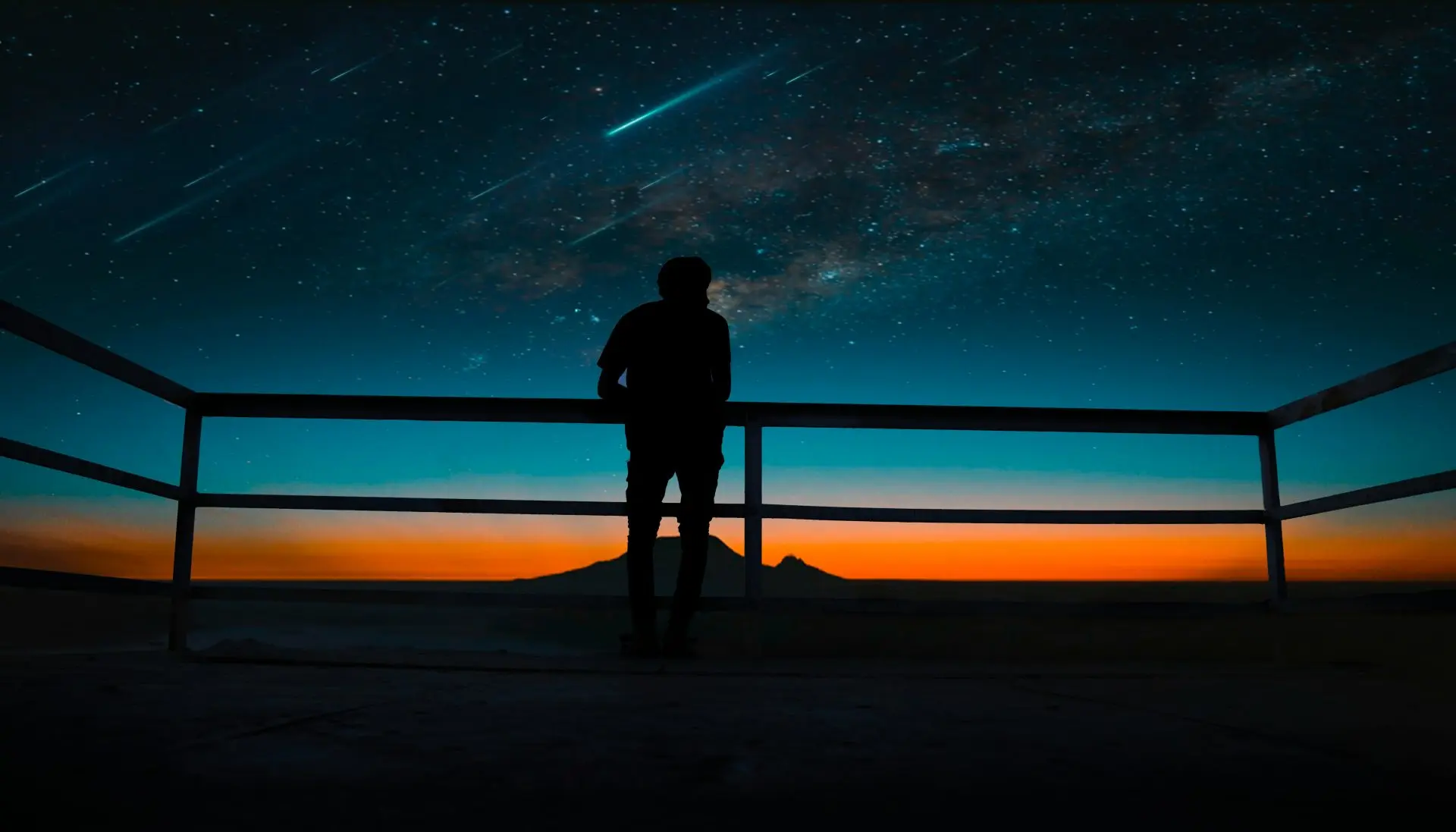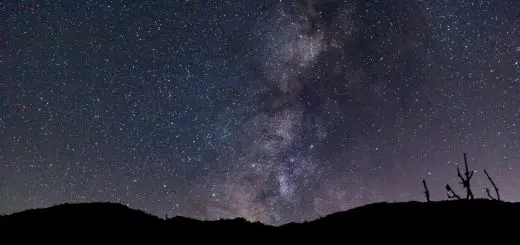The Giantess Angrboða: Mother of Monsters

Looking for more amazing products? Check out our online store and explore our collection here! Happy shopping!
Before diving in, please note: This post is for informational purposes only. If you’d like to know more about how we approach topics, feel free to check out our friendly Disclaimer Page.
Hey there, amazing readers! 
We’re committed to delivering quality posts, and your support (even just sticking around despite the ads) means everything to us. So, bear with us, and thanks for helping us keep the good vibes rolling. Now, on to the fun stuff!
TRANSLATE BUTTON AT THE END OF THE ARTICLE
Introduction to Angrboða, a powerful figure in Norse mythology
Angrboða is a significant figure in Norse mythology, known as the mother of monsters.
She is a giantess who resides in the land of the giants, Jotunheim.
While her name translates to “she who brings grief,” she is a powerful and respected figure in Norse cosmology.
Angrboða is associated with chaos, untamed forces of nature, and the darker aspects of the world.
Her role in Norse mythology is essential, as she gives birth to three monstrous children: Jörmungandr, the colossal serpent; Fenrir, the fearsome wolf; and Hel, the ruler of the underworld.
Angrboða’s origin and her significance in Norse cosmology
Angrboða’s origin is not extensively mentioned in Norse mythology.
However, it is believed that she is a giantess, often described as a Jotun, who dwells in Jotunheim, one of the Nine Worlds.
While she is not a prominent character in Norse mythology, her significance lies in her role as the mother of monstrous creatures and her association with chaos and untamed forces of nature.
Angrboða represents the wild and primal aspects of the world, standing in contrast to the ordered and civilized realms of the gods.
Exploring Angrboða’s role as the mother of monstrous creatures
Angrboða’s most notable role in Norse mythology is as the mother of monstrous creatures.
She gives birth to three children, each embodying a different aspect of chaos and destruction.
Jörmungandr, the colossal serpent, is destined to bring about the end of the world during Ragnarok.
Fenrir, the fearsome wolf, is foretold to kill the god Odin and wreak havoc on the world.
Lastly, Hel, the ruler of the underworld, welcomes the souls of the deceased and governs over the realm of the dead.
Angrboða’s children are powerful and feared, representing the untamed and destructive forces of nature.
Angrboða and her relationship with Loki, the trickster god
Angrboða’s relationship with Loki, the trickster god, is significant in Norse mythology.
It is believed that Loki sought out Angrboða as his mistress in Jotunheim and together they conceived three monstrous children.
This union between Angrboða and Loki is symbolic of the connection between chaos and trickery, as Loki himself is often associated with disruption and disorder.
Their partnership and the birth of their children signify the merging of chaotic and destructive forces within Norse mythology.
Angrboða’s children: a closer look at her monstrous offspring
Angrboða’s children are Jörmungandr, Fenrir, and Hel, each possessing their own unique characteristics and significance within Norse mythology.
Jörmungandr, also known as the Midgard Serpent, is a colossal serpent that grew so large it encircles the entire world, biting its own tail.
Fenrir, the monstrous wolf, is destined to break free from his bonds and bring about the destruction of the gods during Ragnarok.
Hel, the ruler of the underworld, presides over the realm of the dead and is responsible for receiving the souls of the deceased.
Jörmungandr, the colossal serpent, and his ties to Angrboða
Jörmungandr, the colossal serpent, is one of Angrboða’s most well-known children.
Its ties to Angrboða emphasize her association with chaos and destruction.
Jörmungandr’s immense size and ability to encircle the world represent the untamed and uncontrollable forces of nature.
It is foretold that during Ragnarok, Jörmungandr will rise from the depths of the ocean, unleashing its wrath upon the gods and contributing to the end of the world.
The serpent’s ties to Angrboða reinforce her role as a symbol of chaos and the untamed forces of nature.
Fenrir, the fearsome wolf, and his connection to Angrboða
Fenrir, the fearsome wolf, is another significant offspring of Angrboða.
Explore the Path to Spirituality and Enlightenment – Start Here.
Born from the union of Angrboða and Loki, Fenrir represents the chaotic and destructive aspects of nature.
Fenrir’s growth and strength are uncontrollable, making him a formidable threat to the gods.
Fearing his power, the gods attempt to bind Fenrir, but he ultimately breaks free during Ragnarok.
Fenrir’s connection to Angrboða reinforces her role as the mother of monstrous creatures and emphasizes the themes of chaos and destruction within Norse mythology.
Hel, the ruler of the underworld, and her lineage from Angrboða
Hel, the ruler of the underworld, is the third monstrous child of Angrboða.
Hel, often depicted as half-dead and half-alive, governs over the realm of the dead, where the souls of those who did not die in battle reside.
As the ruler of the underworld, Hel holds immense power over the fate of the deceased.
Her lineage from Angrboða further solidifies Angrboða’s association with chaos and the darker aspects of the world.
Hel’s role in Norse mythology highlights the importance of death and the afterlife, as well as the cyclical nature of life and the inevitability of its end.
The implications of Angrboða’s monstrous children in Norse mythology
Angrboða’s monstrous children, Jörmungandr, Fenrir, and Hel, hold significant implications within Norse mythology.
Their existence represents the inherent chaos and destruction that exists alongside the ordered world of the gods.
Angrboða’s children signify the inevitability of Ragnarok, the end of the world, and the cyclical nature of life and death.
They serve as a constant reminder that chaos and destruction are an integral part of the natural order, and even the gods themselves are not immune to their consequences.
Angrboða as a symbol of chaos and the untamed forces of nature
Angrboða’s role as the mother of monsters positions her as a symbol of chaos and the untamed forces of nature within Norse mythology.
Her association with Jotunheim, the land of the giants, and her monstrous offspring highlight her connection to the primal and wild aspects of the world.
Angrboða represents the inherent unpredictability and uncontrollability of nature, reminding the gods and mortals alike of the forces they must reckon with.
Her presence serves as a reminder of the delicate balance between order and chaos in the Norse cosmology.
The enduring legacy of Angrboða and her impact on Norse mythology
Despite not being a central character in Norse mythology, Angrboða’s significance lies in her role as the mother of monstrous creatures and her association with chaos and untamed forces of nature.
Her children, Jörmungandr, Fenrir, and Hel, have left an indelible mark on Norse mythology and continue to be studied, interpreted, and celebrated.
Angrboða’s enduring legacy serves as a reminder of the complex and multifaceted nature of the Norse pantheon, where chaos and destruction are as essential as order and creation.
Her impact on Norse mythology solidifies her position as a powerful and influential figure in the ancient Norse belief system.

The Enlightenment Journey is a remarkable collection of writings authored by a distinguished group of experts in the fields of spirituality, new age, and esoteric knowledge.
This anthology features a diverse assembly of well-experienced authors who bring their profound insights and credible perspectives to the forefront.
Each contributor possesses a wealth of knowledge and wisdom, making them authorities in their respective domains.
Together, they offer readers a transformative journey into the realms of spiritual growth, self-discovery, and esoteric enlightenment.
The Enlightenment Journey is a testament to the collective expertise of these luminaries, providing readers with a rich tapestry of ideas and information to illuminate their spiritual path.
Our Diverse Expertise
While our primary focus is on spirituality and esotericism, we are equally passionate about exploring a wide range of other topics and niches 

To ensure we provide the most accurate and valuable insights, we collaborate with trusted experts in their respective domains 
Our blog originally focused on spirituality and metaphysics, but we’ve since expanded to cover a wide range of niches. Don’t worry—we continue to publish a lot of articles on spirituality! Frequently visit our blog to explore our diverse content and stay tuned for more insightful reads.
Hey there, amazing reader! 
Check out our store here and take a peek at some of our featured products below! Thanks for being awesome!
















